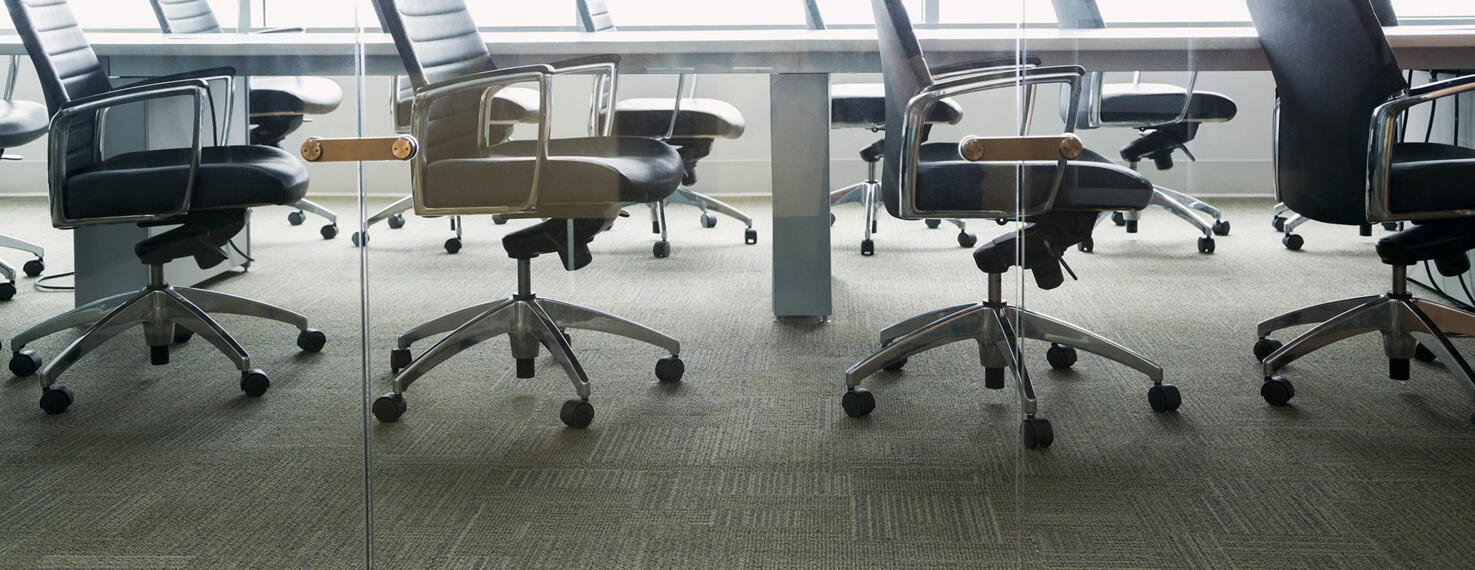
Casters
Hardly any other invention has influenced the world as much as that of wheels and casters. Industrialization, globalization and much more – without the caster such progress would scarcely have been possible. But what exactly are casters?
What types of caster are there?
A distinction is made between rigid and swivel casters. Rigid casters do not swivel. They give directional stability to the equipment to which they are attached, but limit their maneuverability. Swivel casters, on the other hand, swivel around a vertical axis, which allows them be moved in all directions. A combination of both types ensures both smooth running in a straight line and easy maneuverability. Another type of caster has a tire with a tread and steel band. These are used, for example, in transport applications.
What are the components of a caster?
Basically, a caster consists of a wheel, a housing and a fitting. The wheel itself can be subdivided into the wheel body, the tread and a wheel bearing with axle material. Different types of wheel bearing are available, such as plain bearings, roller bearings or ball bearings. The running properties of the wheel vary depending on the tread material.
The housing design varies depending on whether it is for a swivel caster or a rigid caster. To ensure that swivel casters can move in any direction, the corresponding housing must be mounted so that it can rotate around a vertical axis. This is not necessary for rigid caster housings; these are fixed and allow only one direction of travel.
The fitting serves to connect the caster to the trolley or equipment. Various fitting options, including plate, tube and plug-in fittings, threaded stems, as well as expander fittings are available.
In addition, a caster may include other components such as a wheel brake that allows the wheels to be locked quickly, easily and safely. You can lock the wheel itself or the swivel action, or both at the same time. The latter is known as a total lock.
Where are they used?
Casters are used in almost all areas. On furniture in the home or office, in production facilities and warehouses, in hospitals and care homes, and last but not least, and many other means of transport.
